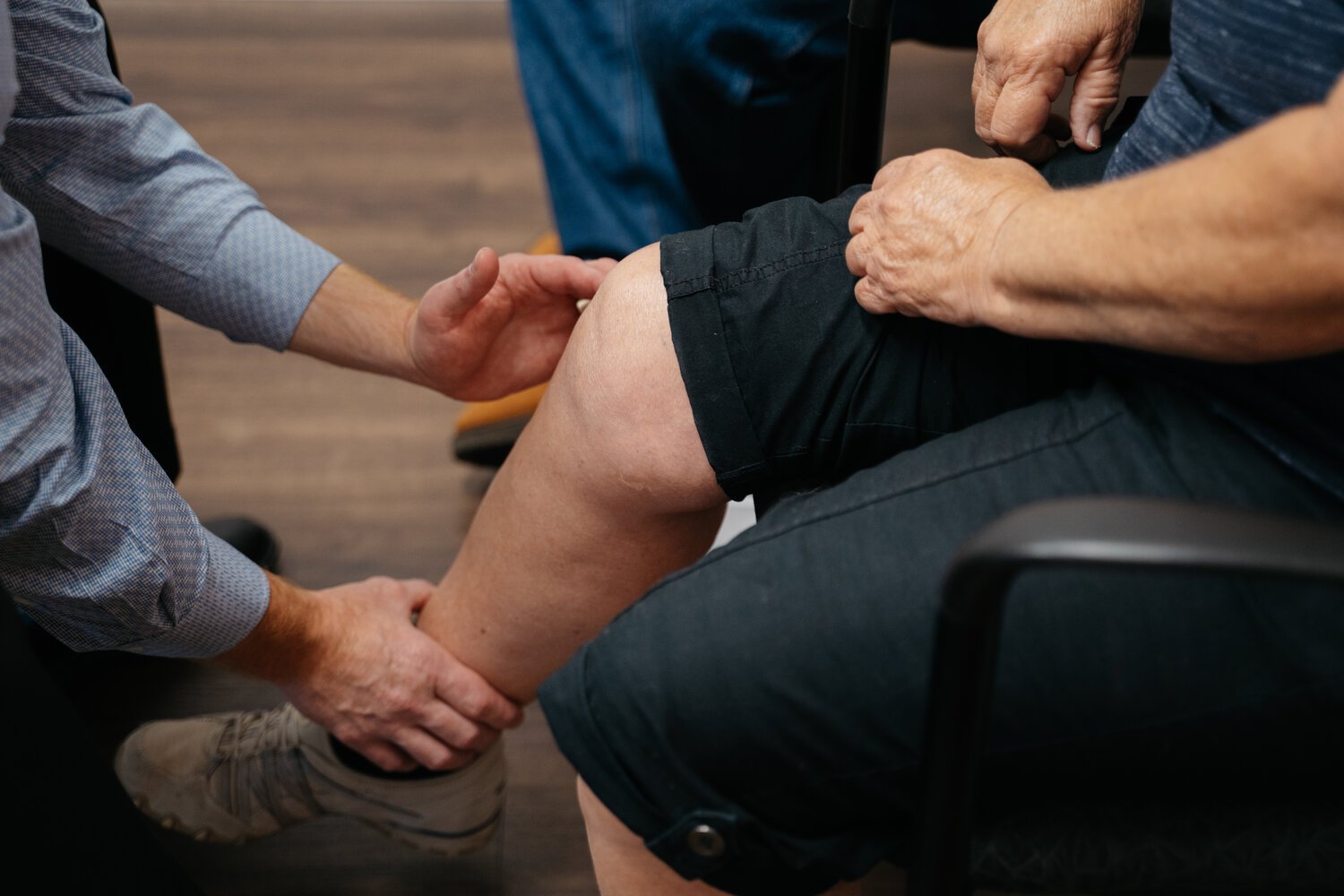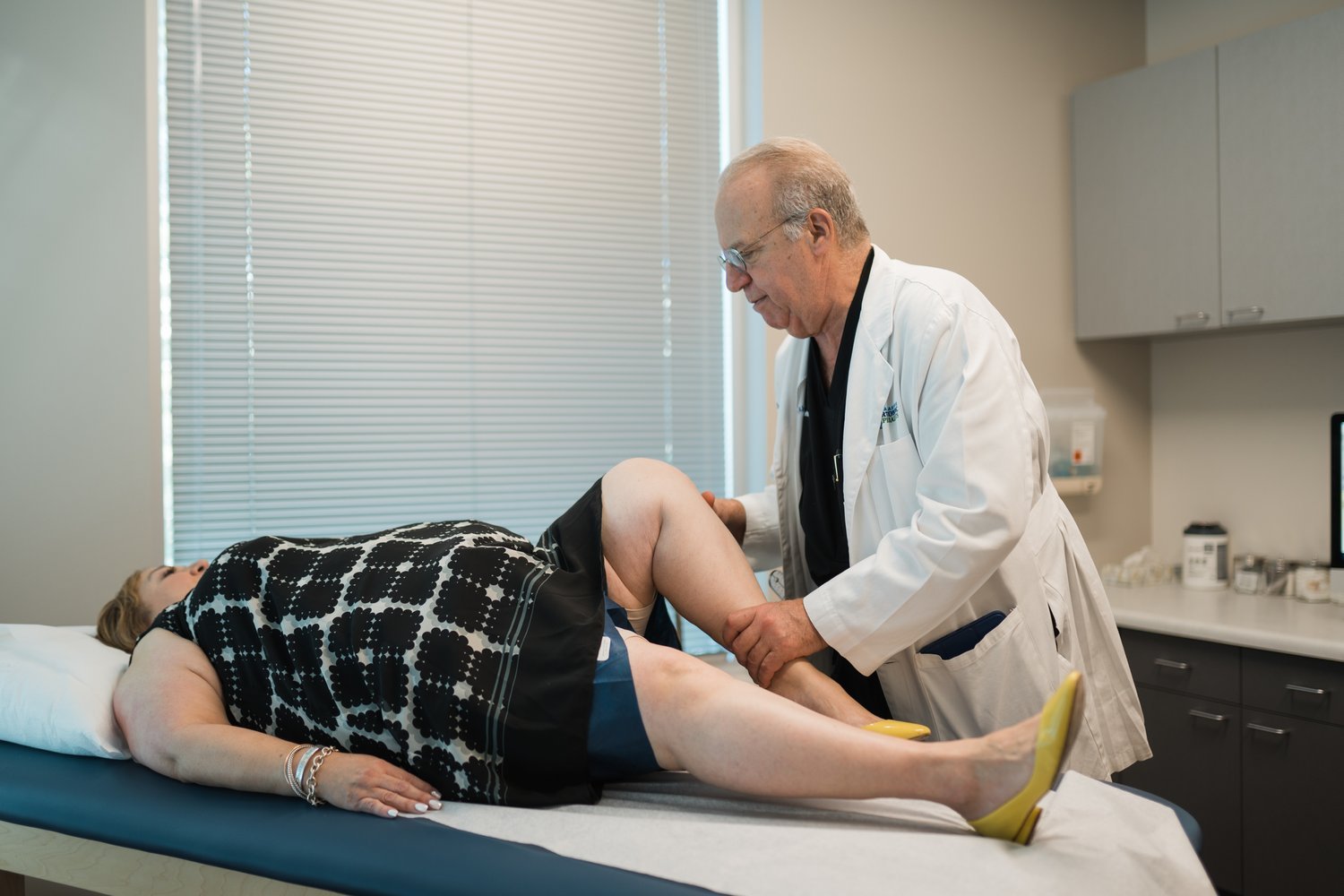Knee Replacement Recovery: A Detailed Timeline
Chronic knee pain can severely impact your mobility and quality of life, but knee replacement surgery offers a path to relief and restoration. However, understanding the recovery process is essential for achieving the best outcomes.
We’ll provide a detailed timeline of what to expect during your knee replacement recovery, from the immediate post-operative period to regaining your strength and independence. Whether you’re preparing for surgery or already on the road to recovery, this guide will help you every step of the way.
The First Few Days After Knee Replacement Surgery
The initial days following knee replacement surgery are critical for setting the foundation for a smooth recovery. Here’s what you can expect:
Hospital Stay:
Pain Management: Post-surgery, managing pain is a top priority. The hospital staff will provide medications and techniques, including iovera™, to ensure your comfort.
Physical Therapy Begins: Early physical therapy typically starts the same day or the day after surgery. Therapists will guide you through exercises to prevent blood clots, improve circulation, and regain basic mobility.
Monitoring and Support: You’ll be closely monitored for any signs of complications, and the team will ensure you’re ready to transition to home recovery.
Discharge from the Hospital:
Most patients are discharged within 2-4 days, depending on their progress. Prepare for home recovery by:
Using Assistive Devices: Crutches or a walker may be needed for support.
Preparing Your Space: Arrange for a safe, accessible environment with items like grab bars and a shower chair.
Recovery Timeline: From the First Week to Full Recovery
Weeks 1-4:
Focus: Pain management, swelling reduction, and basic mobility.
Activities: Gradual walking with assistance, light exercises guided by your therapist, and icing to reduce inflammation.
Pain Level: Moderate, decreasing steadily with proper care.
Restrictions: Avoid kneeling, high-impact activities, and twisting motions.
Weeks 4-8:
Focus: Strength building and improving range of motion.
Activities: Physical therapy intensifies with exercises designed to rebuild muscle and joint function. Many patients begin walking without assistive devices.
Pain Level: Significantly reduced.
Restrictions: Continue avoiding strenuous activities and excessive pressure on the knee.
Months 2-6:
Focus: Resuming daily activities and building endurance.
Activities: Most routine activities, like driving or light housework, are manageable. Patients may even return to light, low-impact exercise.
Pain Level: Minimal discomfort.
Beyond 6 Months:
Focus: Full recovery and return to favorite activities.
Activities: Depending on your surgeon’s approval, many patients can participate in moderate-impact sports or activities.
Pain Level: None to minimal.
The Role of Iovera in Knee Replacement Recovery
One of the standout innovations in pain management is iovera therapy, offered by San Antonio Orthopaedic Specialists.
What Is Iovera?
Iovera uses focused cold therapy to temporarily block nerve signals, providing significant pain relief without the use of opioids.
Benefits of Iovera in Recovery:
Pre-Surgery: Administered before surgery, iovera helps reduce post-operative pain and inflammation.
Reduced Dependency on Opioids: With its targeted approach, patients often need fewer or no opioid medications.
Improved Mobility: Less pain means earlier and more effective participation in physical therapy.
Patients undergoing knee replacement surgery have reported smoother recoveries and greater comfort thanks to iovera therapy.
Preventing Complications After Knee Replacement Surgery
A successful recovery involves not only physical therapy but also careful attention to potential complications.
Blood Clots: Take blood thinners as prescribed and perform regular ankle pumps and leg stretches to improve circulation.
Infection: Maintain a clean incision site and monitor for redness, swelling, or fever. Contact your doctor immediately if you notice any concerning symptoms.
Knee Stiffness or Weakness: Commit to your physical therapy program to prevent stiffness and regain strength.
Nutrition and Lifestyle Tips for Knee Replacement Recovery
A healthy lifestyle supports a faster and smoother recovery.
Eat Balanced Meals: Nutrient-rich foods promote tissue healing and reduce inflammation.
Stay Hydrated: Proper hydration supports overall recovery.
Weight Management: Maintaining a healthy weight lessens the strain on your new knee joint.
At San Antonio Orthopaedic Specialists, we recognize the impact of knee pain and the importance of comprehensive support both leading up to and following knee replacement surgery. With advanced techniques and personalized care, we strive to restore mobility, relieve discomfort, and enhance the quality of life for each of our patients.




